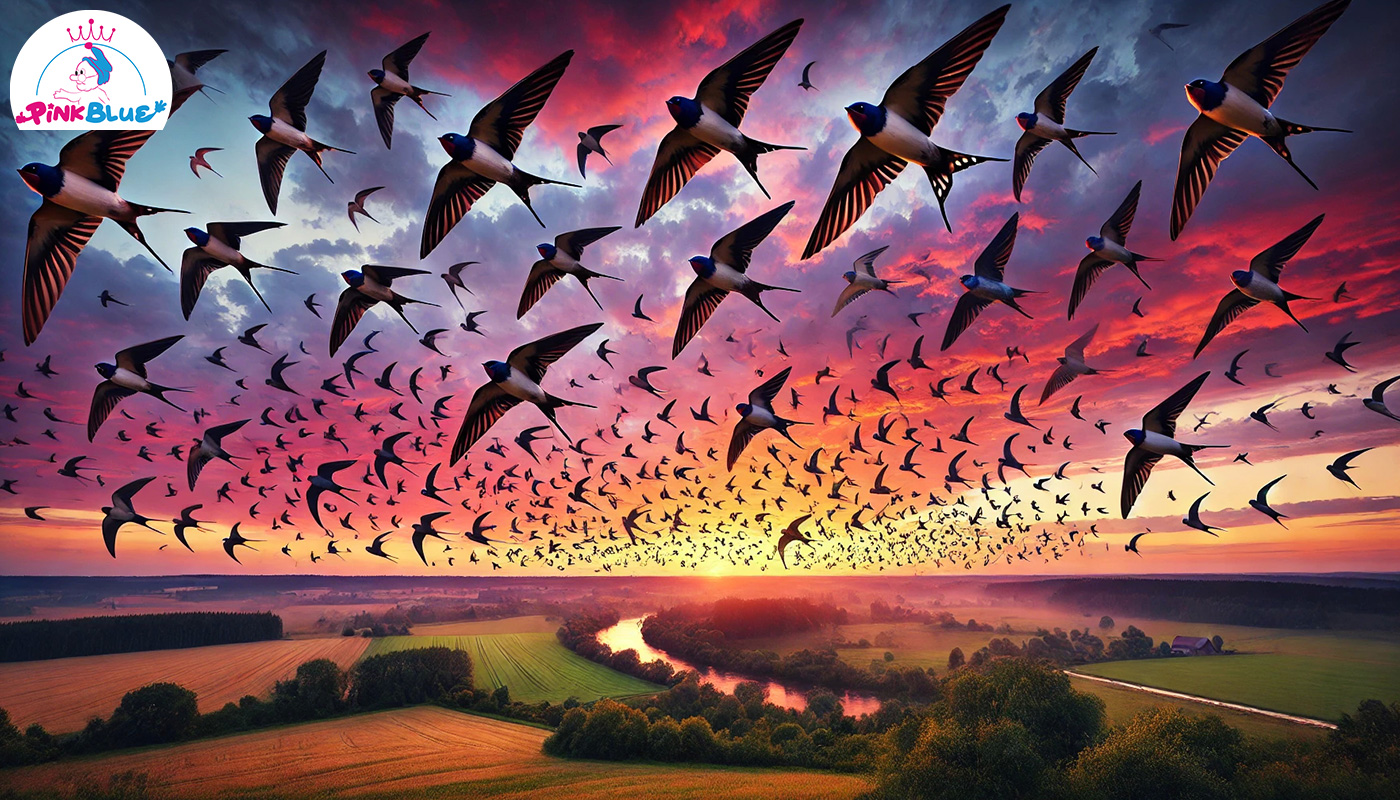How Do Animals Stay Safe and Warm in Winter
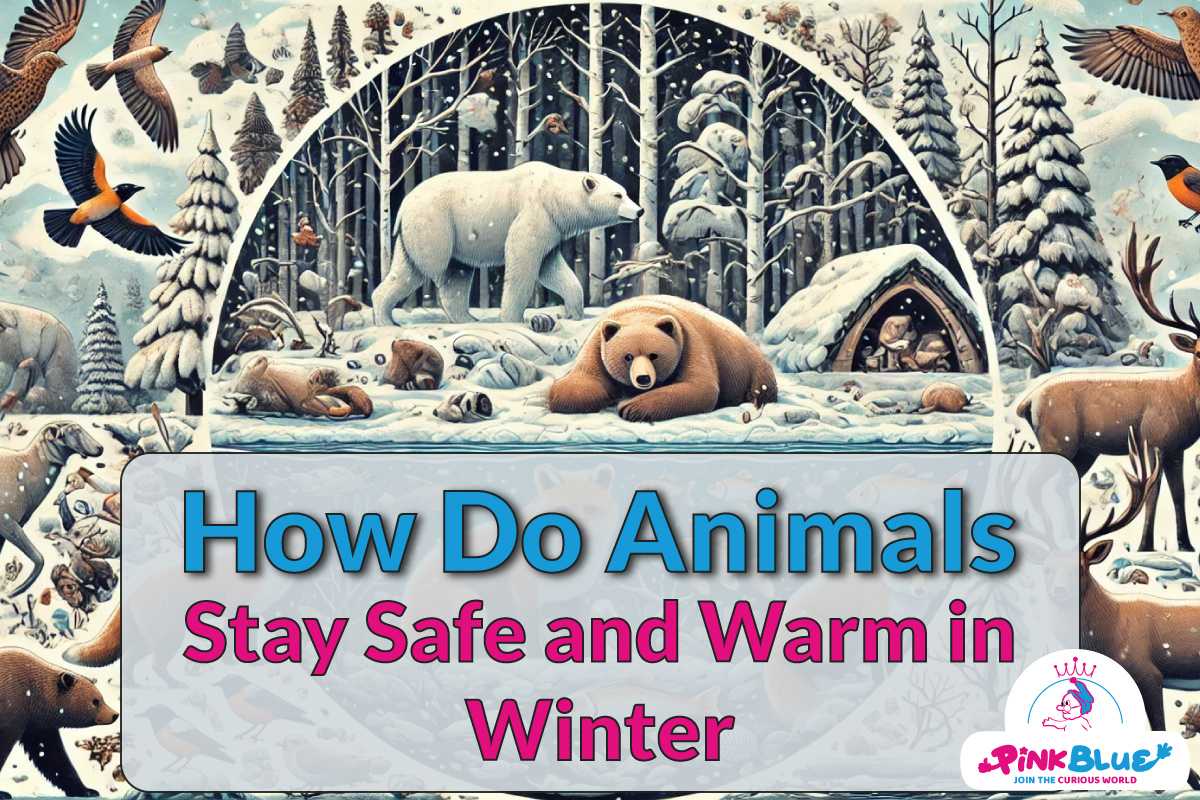

Bird: Hello, little one! I see you're playing in the garden.
Child: Hello, I haven't seen you for a while. Where have you been?
Bird: I've been preparing to migrate. Winter is coming, and the cold is harsh here.
Child: Why do you migrate? Can't you stay with us?
Bird: I wish I could, but the cold is just too harsh for me. Food becomes scarce in winter, and the weather becomes difficult.
Child: Don't you feel sad leaving your home and friends?
Bird: Yes, I do, but I'll be back in spring. Migration is my way of survival. I'll return here when the weather gets better.
Bird: But I'm not the only one migrating.
Child: Who migrates with you?
Bird: Many other birds, like swallows and water birds. It's a long and tiring journey, but we fly together.
Child: Are you afraid of the journey?
Bird: Sometimes, but being with others makes it easier. And when we arrive, warmth and food await us.
Child: I wish I could fly like you!
Bird: You have your own wings; they're in your heart. You can fly with us in your imagination!
Child: (Smiling) I will! I'll think of you every day.
Child: Will you let me say goodbye?
Bird: Of course! Don't be sad, I'll come back and sing for you in the spring. Stay well until I see you again.
Child: I'll wait for you. Take care on your journey.
Bird: Thank you! Goodbye, little friend!
Child: Goodbye, my bird friend. I'll be waiting for you in the spring!
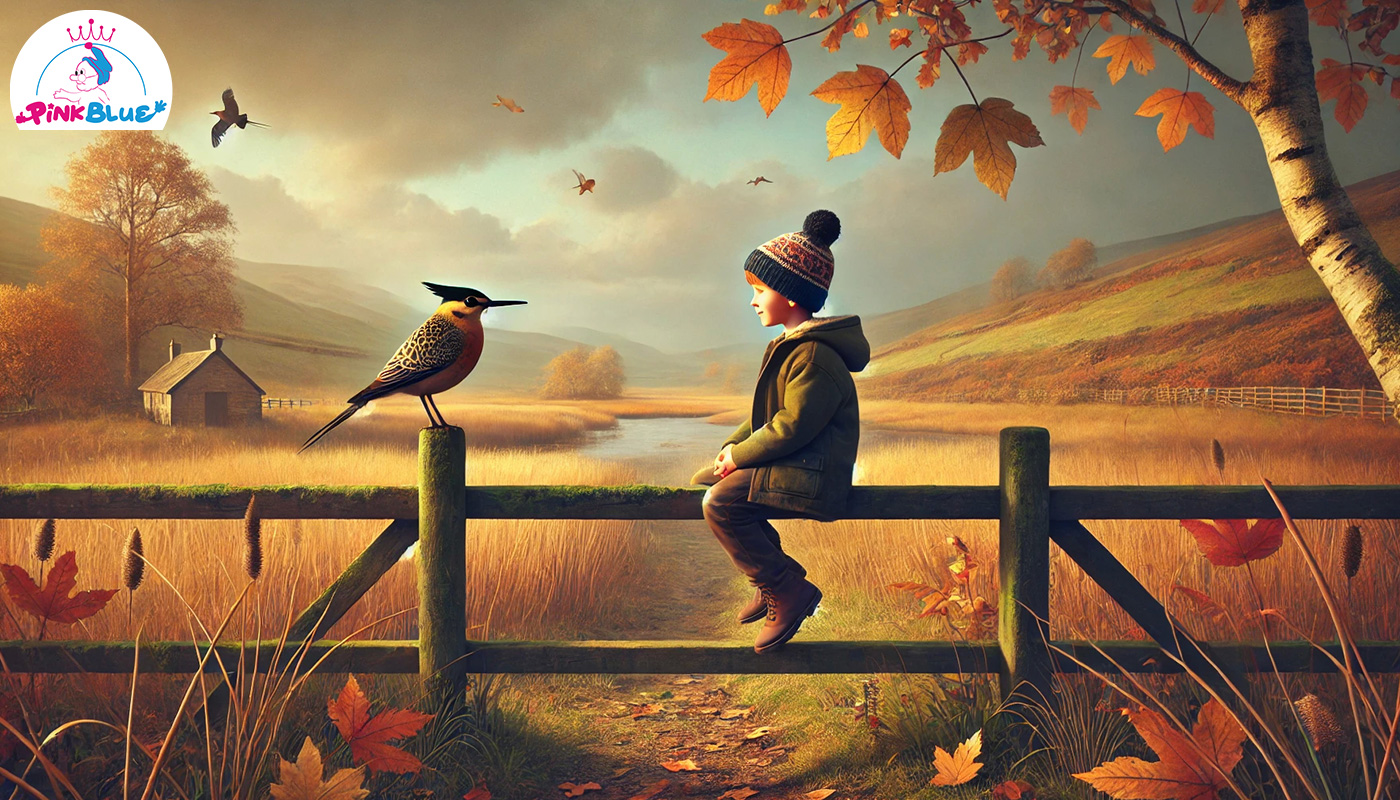
When winter spreads its white cloak over the land, and the winds turn into cold whips that sting the bodies, the animals begin their journey in search of warmth and protection.
In this harsh season, the beauty of nature and the challenge of survival are revealed, as every creature in the forest and meadows adapts to avoid the severe winter conditions.
Some choose to escape the cold, others fall into a deep slumber, and some put on their winter coats. Even the smallest creatures hide in secret shelters, defying the mighty force of winter.
Let us embark on this enchanting world and discover how animals, insects, and marine creatures withstand the harsh winter cold.
Do you know an animal that hibernates or migrates to another place during winter? Think for a moment, then keep reading to see if you're right!
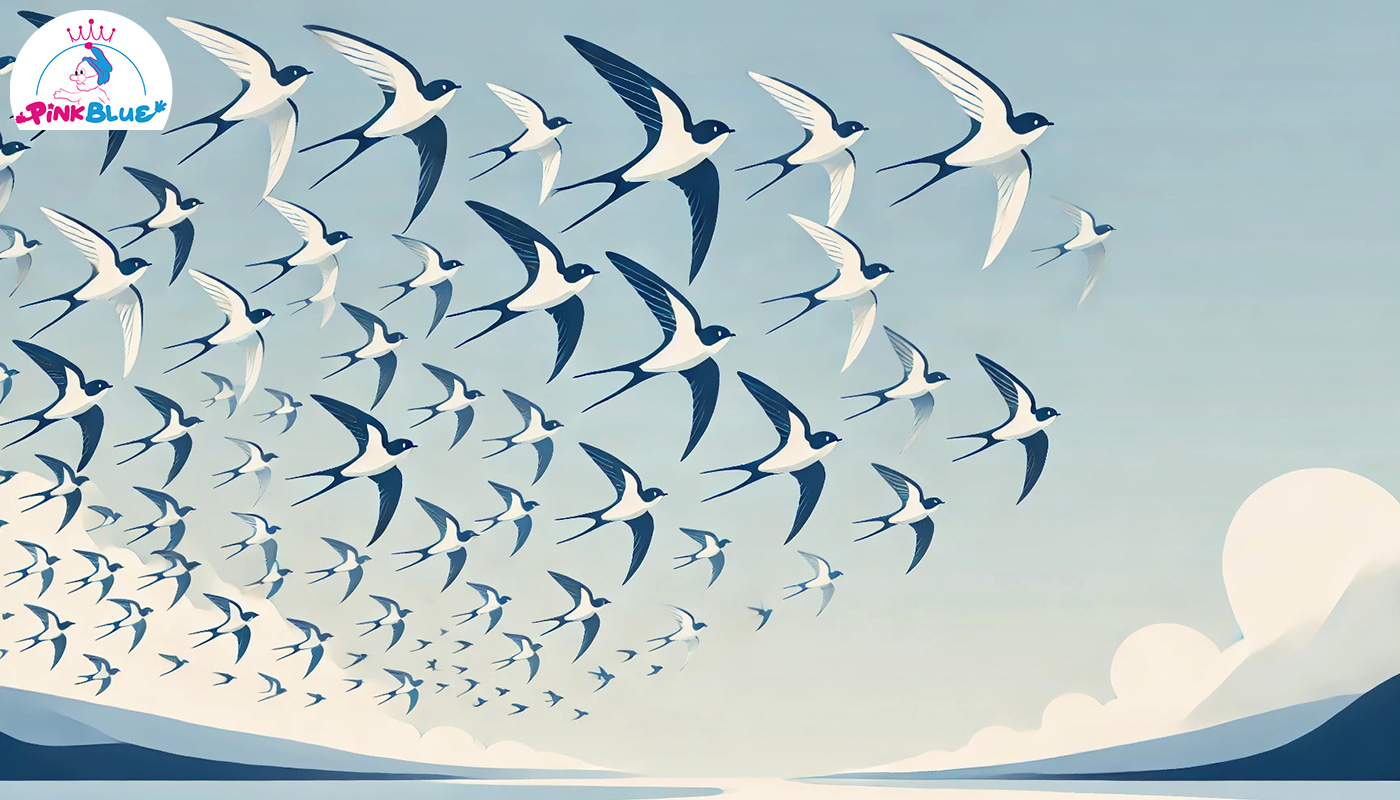
Some animals understand that staying in the face of the cold could mean their end, so they travel far to warmer lands. These creatures embark on epic journeys, crossing rivers, mountains, and plains.
For example, Swallows travel through the sky, following wind routes like paths in the air, leading them to warmer places. The monarch butterfly, on the other hand, dances gracefully in the sky, racing against time to reach its new home where the sun and warmth await.
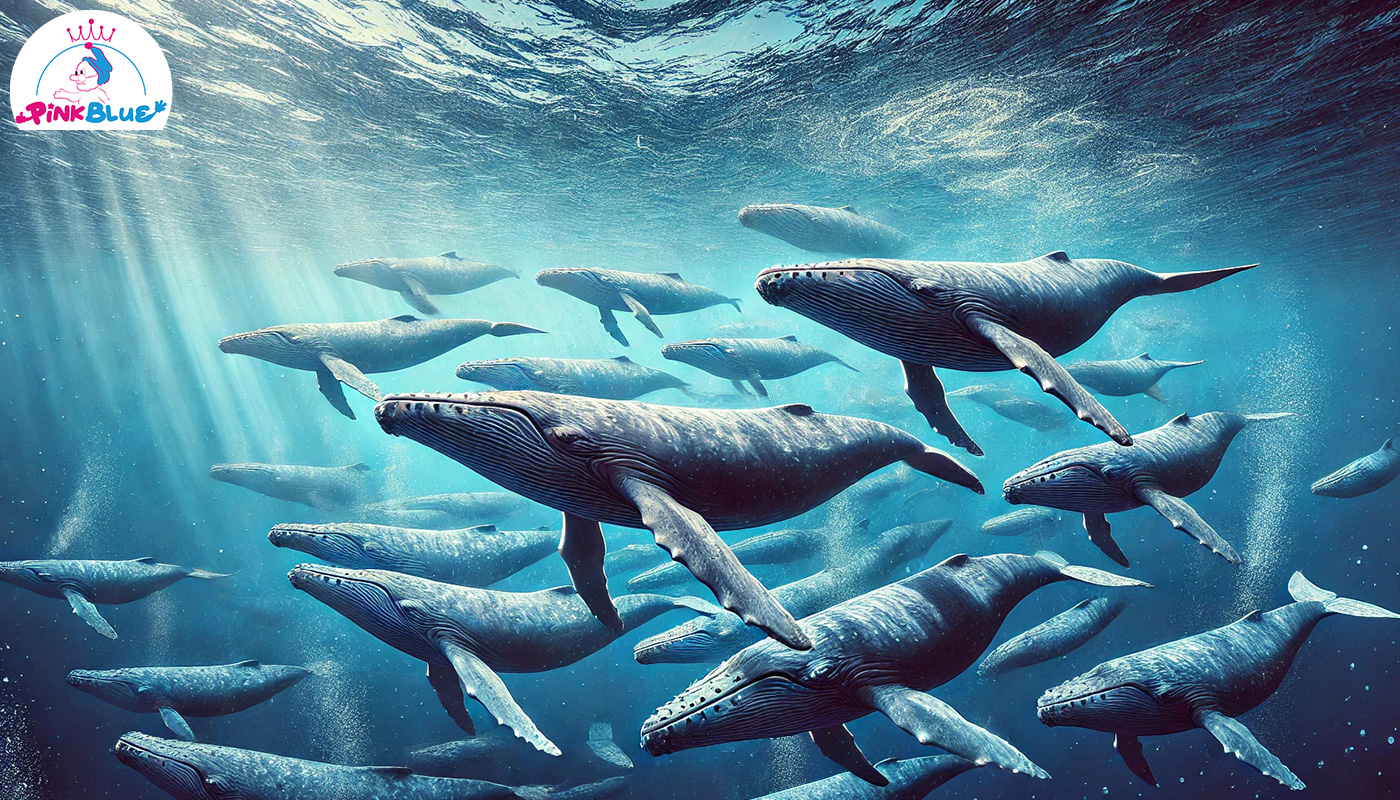
But not all migrants are in the sky. Some marine creatures, like the gray whales, travel thousands of miles from the icy Arctic Ocean to the warm waters off the coast of Mexico, where they give birth to their calves far away from the polar chill. They move into the depths of the oceans, crossing dangerous paths, only to return to their northern home in the spring.
"Did you know that gray whales undertake a journey of over 12,000 miles each year?"
What do you think? Can you think of another animal that undertakes such a long journey?
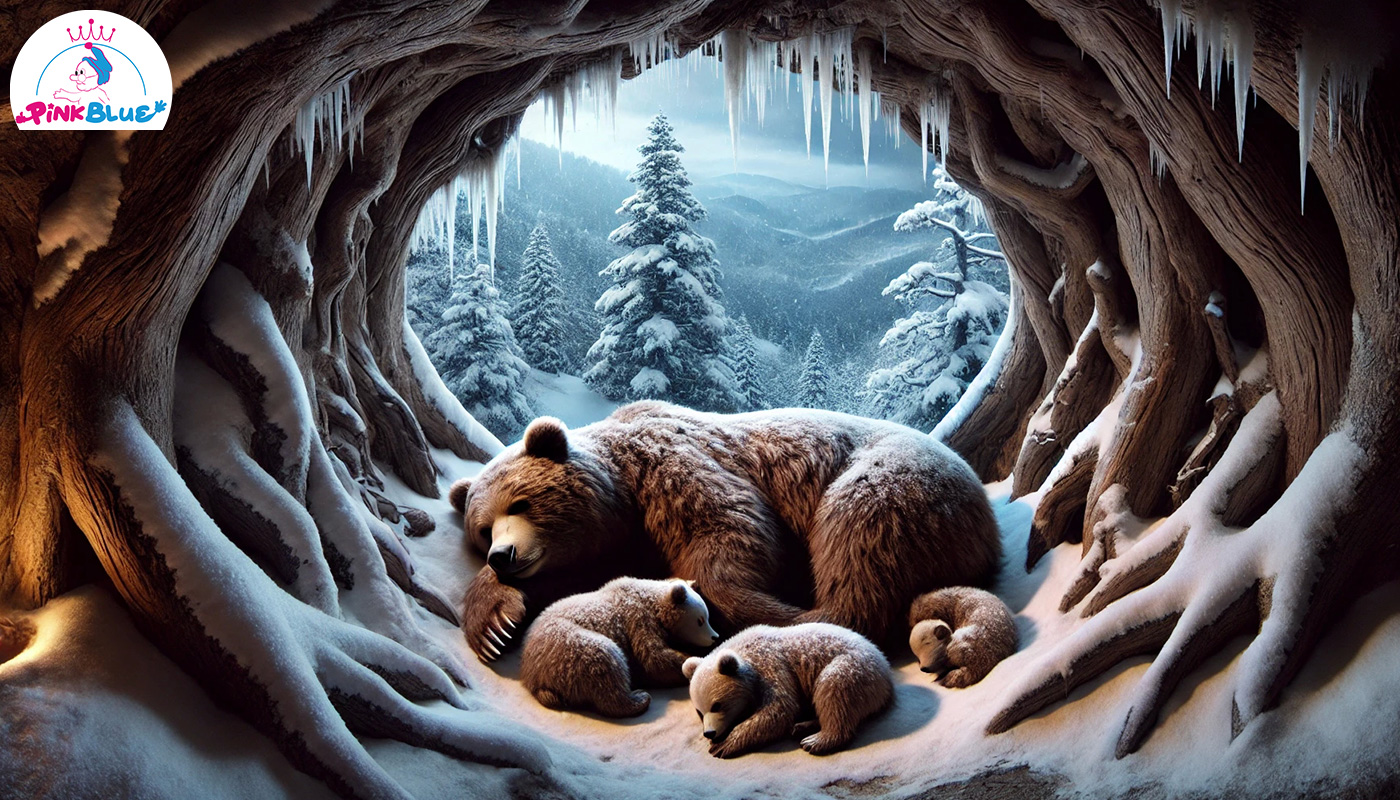
For those who prefer to stay in place, they resort to a deep winter slumber.
Bears, for example, close their eyes as if traveling to a magical world, sinking into a hibernation that defies the laws of nature, where the feelings of hunger and cold vanish.
Squirrels also prepare for this nap by gathering plenty of acorns and nuts, hiding them in their burrows to rely on them when spring returns.
Even some reptiles and insects enter a special type of hibernation called cold torpor. For instance, Wood frogs have a surprising trick up their sleeve-they can survive even when completely frozen, thanks to a special antifreeze in their bodies. Their blood freezes, but a special 'antifreeze' in their bodies keeps them safe. These frozen frogs awaken with the first warm raindrops in spring, as if coming back to life after a long sleep.
"Can you believe that wood frogs can remain completely frozen for several months and then come back to life?"
Rabbits and foxes, for instance, transform into white creatures in the winter, blending in as they move through the snow, their fur changing colors. Their coats grow thicker, protecting them from the harsh cold of the night.
As for the birds that do not migrate, they dance on frozen branches, gathering in flocks to keep warm.
Insects also have their own tricks to survive this harsh season. Some, like beetles and ants, store their food in deep underground tunnels, where they can maintain a more stable temperature.
Butterflies, such as the small tortoiseshell, enter a state known as "insect hibernation," freezing completely yet staying alive thanks to special substances in their blood that prevent ice crystals from damaging their cells.
Some insects, like locusts, tuck their eggs safely underground, shielding them with a blanket of mud until the first warmth of spring. These eggs remain dormant and hatch with the first warmth of spring.
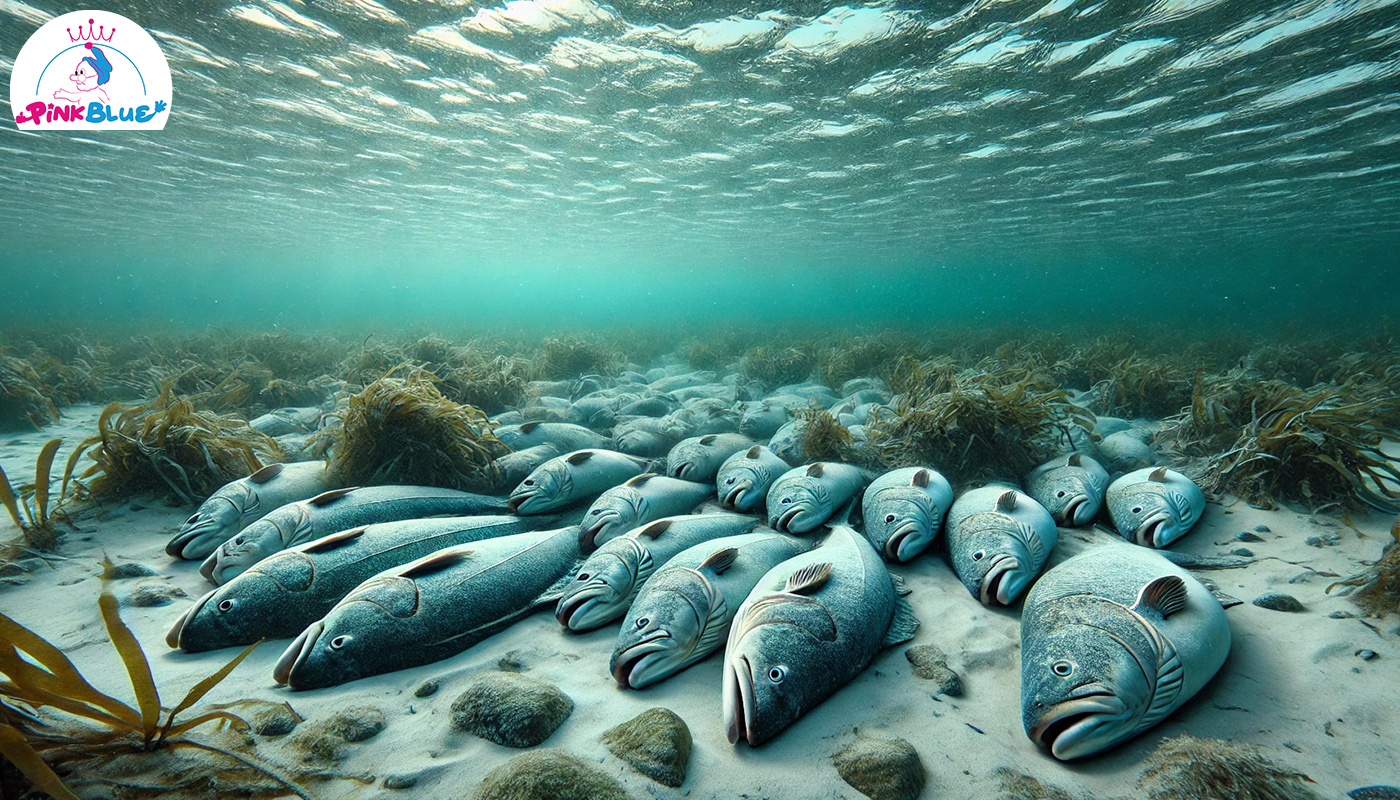
When the waters are cold, some marine creatures rely on unique mechanisms to survive.
The cod fish, for example, produces antifreeze proteins in its blood, preventing it from turning into ice blocks in freezing waters. As for the Weddell seal in Antarctica, it depends on a thick layer of blubber that insulates and protects it from the freezing temperatures, allowing it to breathe through holes in the ice.
What do you think is more challenging: surviving on frozen land or in icy waters?
But this is only part of the story, for in the heart of every forest, mountain, and sea, there are hundreds of hidden tales waiting to be discovered.
In the heart of every winter, stories of courage and endurance lie hidden - from the bird bidding farewell to its friend to return in spring, to the frog nestled in the heart of ice, waiting for the sun. With every winter, there is an adventure written by nature, and all we need to do is listen to it.
